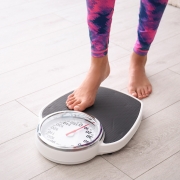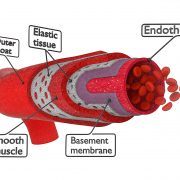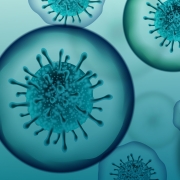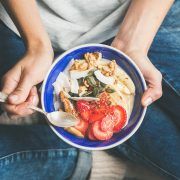Clean Eating 101: Care for Your Body and Taste Buds
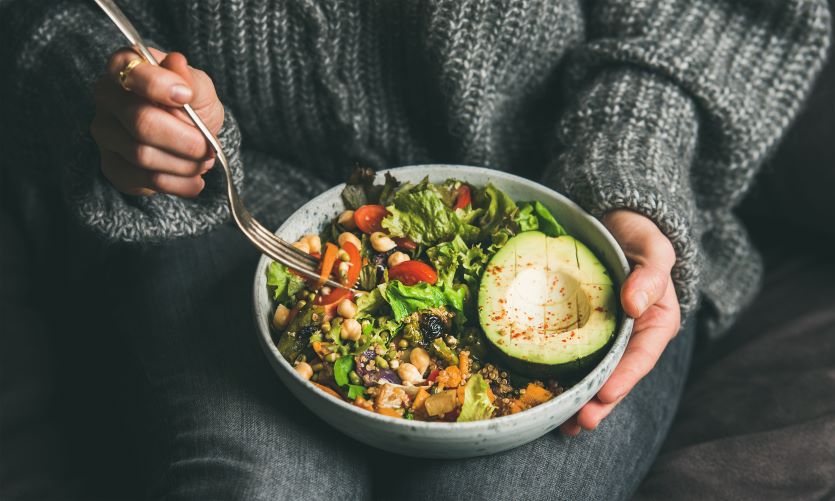
With the ever-increasing popularity of fad diets and pop nutritionists, the world of healthy eating can feel intimidating. Everyone from your neighbor to your doctor to your mom seems to have advice on what you should—or should not—eat. And this advice is often contradictory.
But healthy eating doesn’t have to be complicated. In fact, the simplest foods and meals are often the best for you. This is the guiding logic behind taking the clean eating approach to your diet.
Clean eating is the practice of filling your plate with primarily unprocessed, whole foods. It doesn’t outline how much you eat or when, but rather how you should select the foods you consume.
Bite into the Benefits of Clean Eating
Before diving into the ins and outs of clean eating, you should know one thing: clean eating takes commitment. It means diligently monitoring the foods you buy and eat—at home and when you’re out. That being said, the benefits of clean eating make it worth the effort. Take a look at why that is.
Food provides your body with the essential nutrients, energy, and building blocks to keep your body going. And, if you’re lucky, the food tastes good, too. People often think that the two are mutually exclusive: food is either healthy or tasty, not both. With clean eating, you can experience the best of both worlds.
Clean eating is an excellent way to provide your body with fiber, antioxidants, plant-based fats, and whole grains—all of which will help you feel energized and maintain overall health. And on top of that, a clean eating diet is full of flavorful, fresh foods that often taste better than their over-processed counterparts.
So if you’re looking to make your diet nutritious and tasty, keep reading to find the recipe for clean eating success.
The Key to Clean Eating? Stay Closer to Nature
Clean eating is all about focusing on foods that are as close to their natural state as possible. This means limiting the processed foods you eat. Think about potato chips: if someone showed you a chip, would you be able to identify the plant it came from without any prior knowledge? Sure—they’re made from potatoes, but those root veggies are processed to the point where they’re no longer instantly recognizable.
Compare this to, say, a baked potato. This is far closer to a potato’s natural form. And you can apply this logic to most foods—but more on that later!
As foods are processed, they undergo a number of changes. Processing can strip foods of nutritional value, and loaded them with sugar, preservatives, and other chemicals. Clean eating can help you maximize the most nutritional value from your food while avoiding those negative additives
Clean eating also means moderating your intake of alcohol. While a little red wine won’t hurt you, it’s probably no surprise that alcohol isn’t exactly good for you. It is, after all, a toxin that needs to be broken down and dealt with by your liver.
A Crash Course in Whole Foods and Food Processing
If you’re looking into clean eating for the first time, you’ll want to ensure you have a good understanding of whole foods—both what they are and how to identify them.
As mentioned above, whole foods are those that have undergone as little processing as possible. Or, in other words, foods that are close to their natural state. Unless you’re eating fruit right off the tree, most of the food you consume will be at least a little processed. And there’s nothing wrong with that. Chopping, washing, mashing, or cooking are all forms of processing. And some are better for your health than others.
Slicing an orange in half and eating it won’t reduce the nutritional value. It’s a form of processing with minimal impact on the food itself. The same is true of, say, washing an apple before you eat it.
Now, think about orange juice from concentrate. To reach that state, oranges are juiced, the liquid is reduced down into a thicker, concentrated form, some preservatives (and maybe even artificial flavorings and sweeteners) are added, and then water is added before use to make it a juice-like consistency once again.
Now, you might think, “that sounds like a lot of unnecessary steps.” And you’re right. At each of those steps, the original produce—an orange—strays further and further from its natural state. Many of these steps reduce the nutritional value of the juice and introduce unnecessary chemicals and sugars into it. Not exactly clean eating—or, in this case, drinking.
So how can you identify whole or minimally processed foods? The supermarket is full of options, but it can be difficult to parse out which foods are truly whole foods and which are simply being marketed as a health food. Fortunately, there are a few simple tips and tricks for selecting whole foods that you can use the next time you’re at the supermarket.
Tips for Selecting the Best Foods for Your Clean Eating Meal Prep
- Eat as many fresh fruits and vegetables as possible. Beans are another great whole food—just be sure to watch for added sodium in canned versions!
- Opt for whole grains. Refined grains—which are the more common form—contain less fiber and fewer overall nutrients. To check if your bread is truly whole grain, look at the ingredients label. Does it show “whole-wheat flour” as the first ingredient? If not, it is probably made from mostly refined grains.
- Don’t be afraid of food in its natural state. A bundle of dirty, fresh beets might seem intimidating at first, but with a little practice and research, you’ll be able to prepare and cook them to perfection!
- Read nutrition facts labels and ingredient lists. So many foods at the grocery store have added sugars, artificial flavors, preservatives, and other additives. Be sure to know what you’re buying—and eating.
Eating as Clean as Possible—Even When Life Becomes an Obstacle
There isn’t a clear line between clean and unclean eating. It’s a spectrum. And there’s room in your clean eating approach for a variety of foods—including some processed items that meet certain criteria.
In the real world of whirlwind schedules and limited time, you need to be realistic. Sometimes you have to rely on a nutrition bar, shake, snack, or other more acceptable processed food choices. Don’t beat yourself up for it. Moving to more whole foods and picking the right convenient options still mean your clean eating approach is working.
When you have to reach for processed snacks or meal replacements, look for these qualities:
- Nutrient rich
- Full of fiber
- Packed with protein
- Low in calories, low in added sugar, and—if possible—low on the glycemic index
- Made with quality ingredients
This means you need to do a little research. Take a look at the nutrition facts panel and ingredients list to make the best choices.
And remember: making the better choice is always good enough. Choose progress over perfection. That means it’s OK to skip the fast food or potato chips in favor of a shake or nutrition bar that provides fiber and protein without a lot of extra sugar.
Start by Creating Your Clean Eating Meal Plan
If you’re sold on the benefits of clean eating, you don’t have to make the shift all at once. Fortunately, starting is the easy part.
As you begin making the shift towards clean eating, start with small changes. In each meal, try to identify one processed food that you could replace with a whole-food counterpart. If, for instance, you typically make sandwiches on white bread, try using whole-grain bread instead. If you eat cereal for breakfast every morning, try steel-cut oats instead. For snacks, see if you can stick to fresh fruit, vegetables, and lightly roasted nuts.
If you typically cook your meals from scratch, follow a similar process. You have total control over the ingredients, so it’s just a matter of choosing the right ones.
As you make these substitutions and small changes, you’ll figure out what works best for you. Your grocery list will gradually develop to include whole foods. And remember, clean eating looks different for everyone. So figure out what you like by exploring different ingredients and cuisines. Then make favorite meals the cornerstones of your weekly clean eating meal prep.




